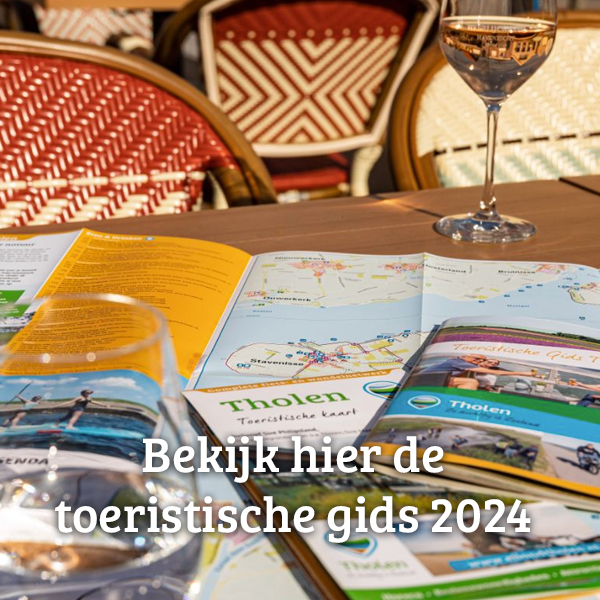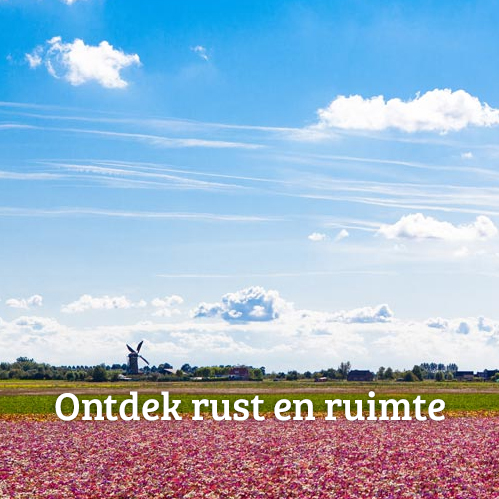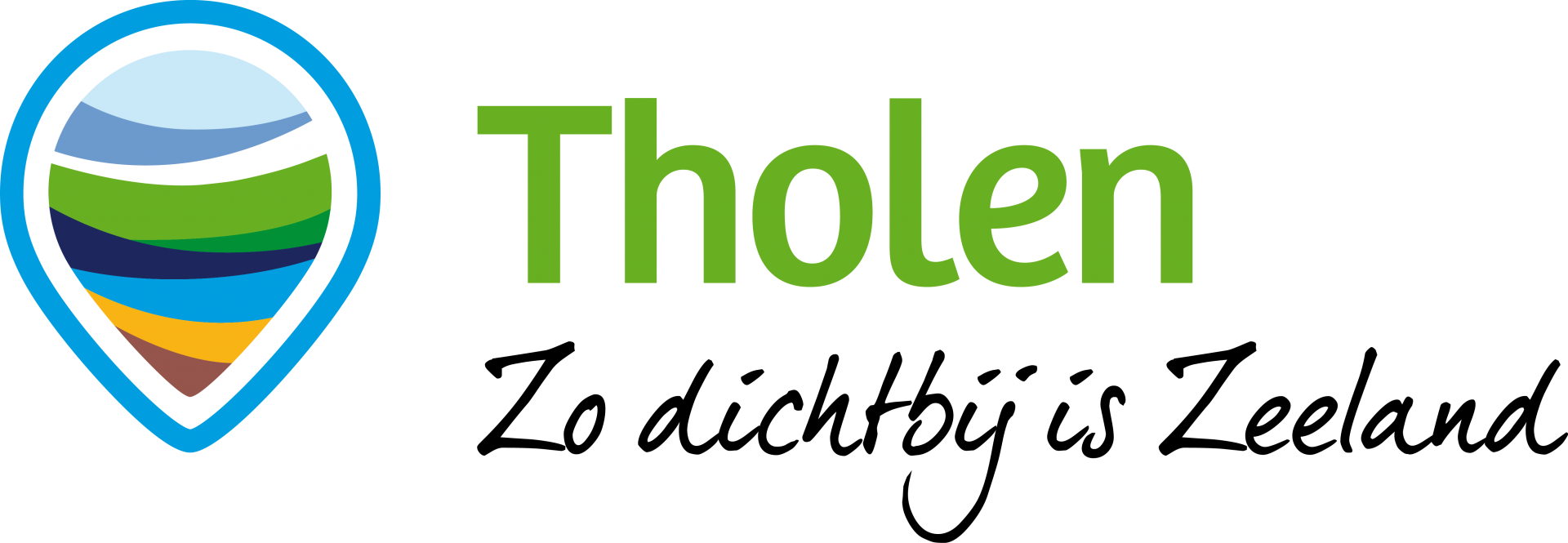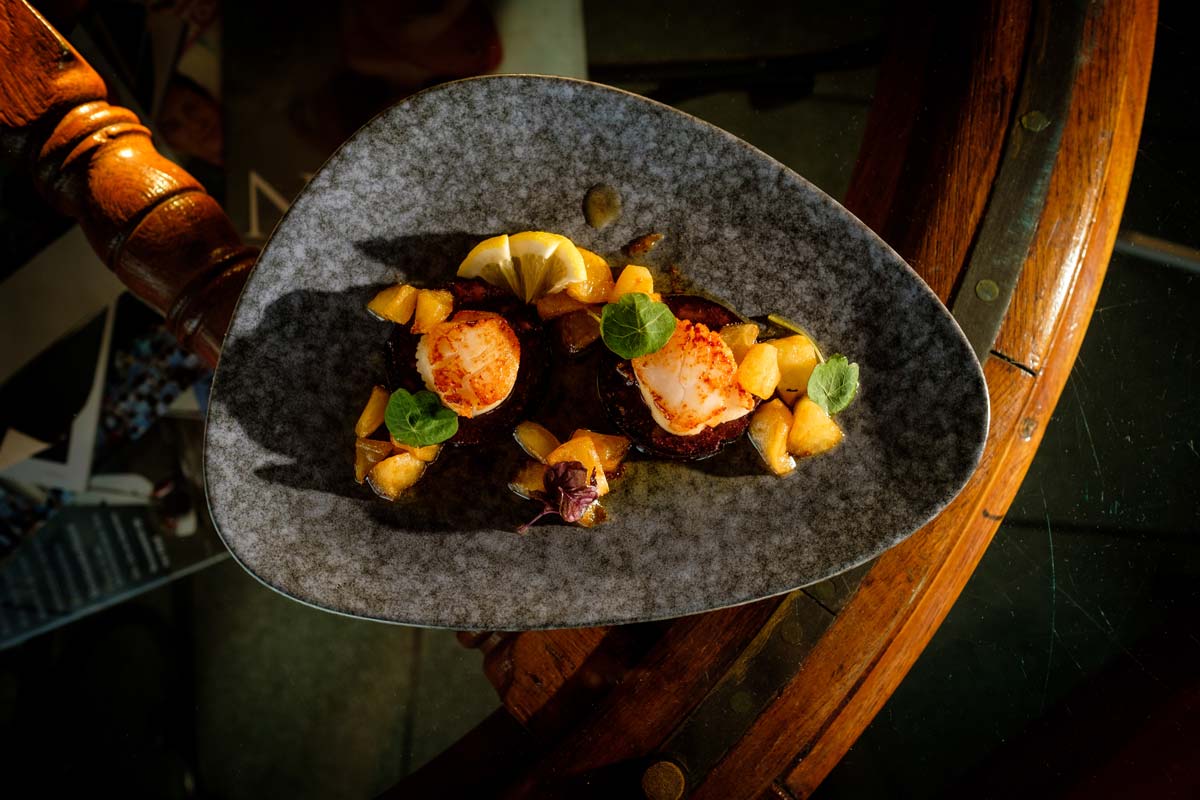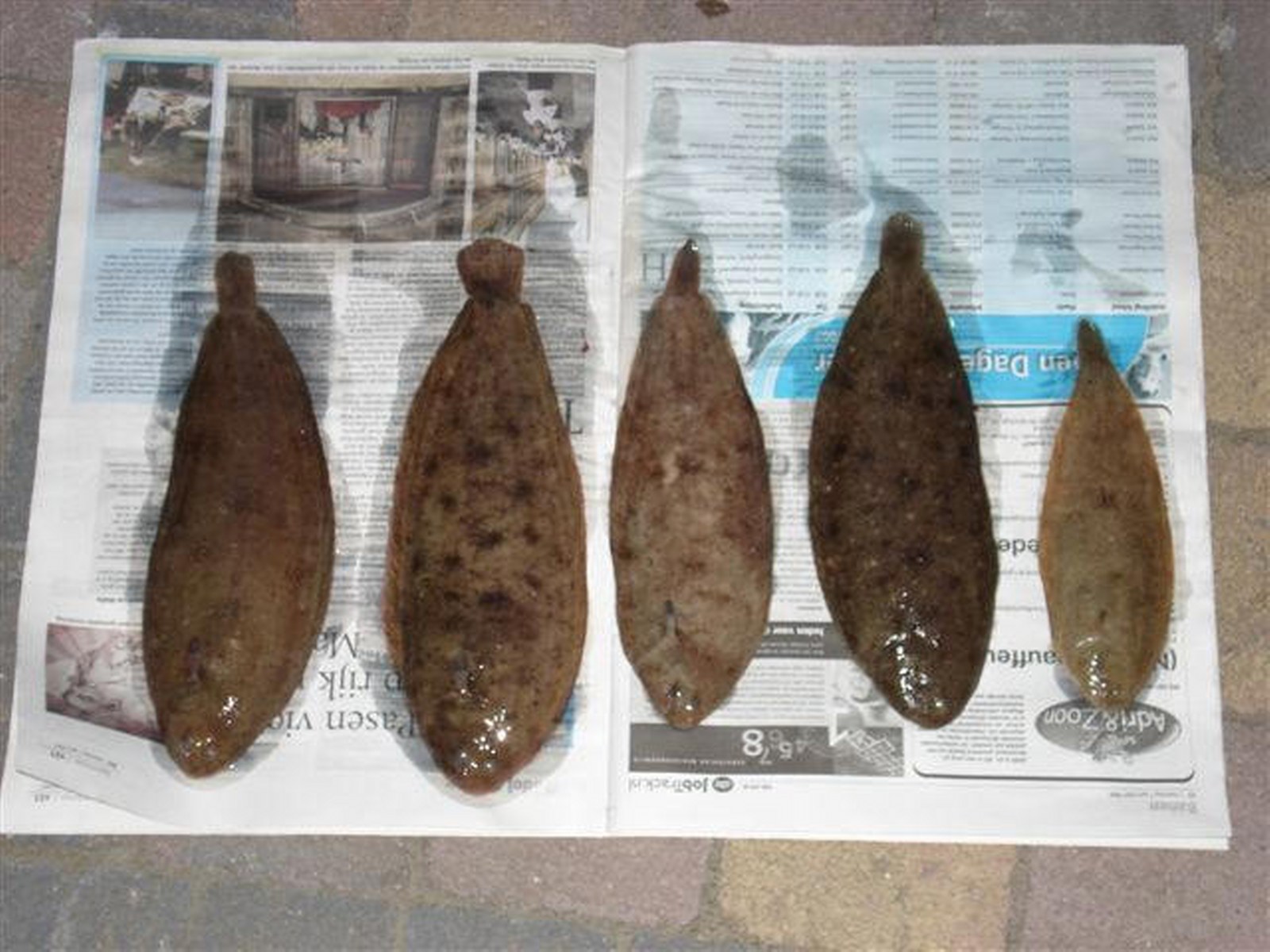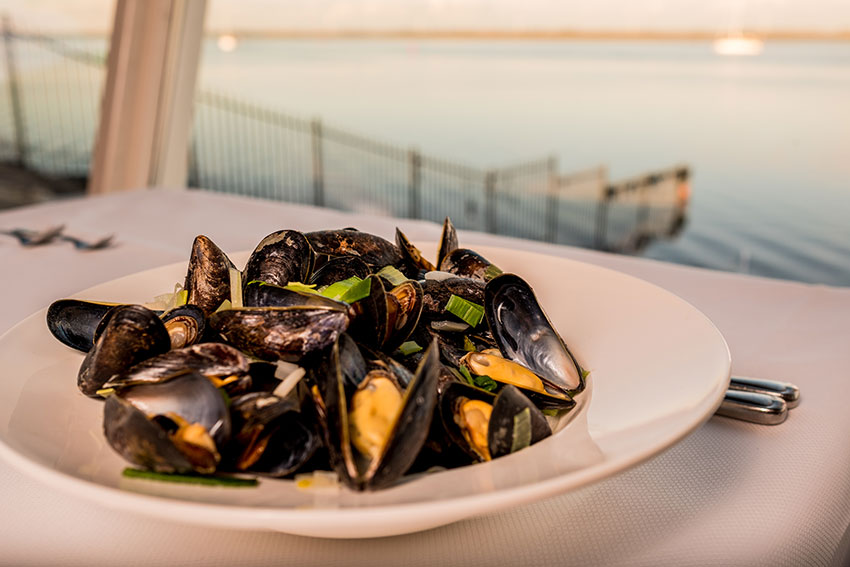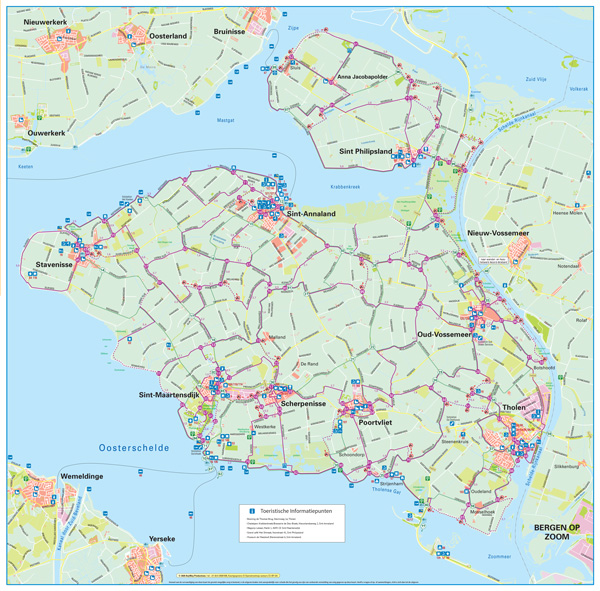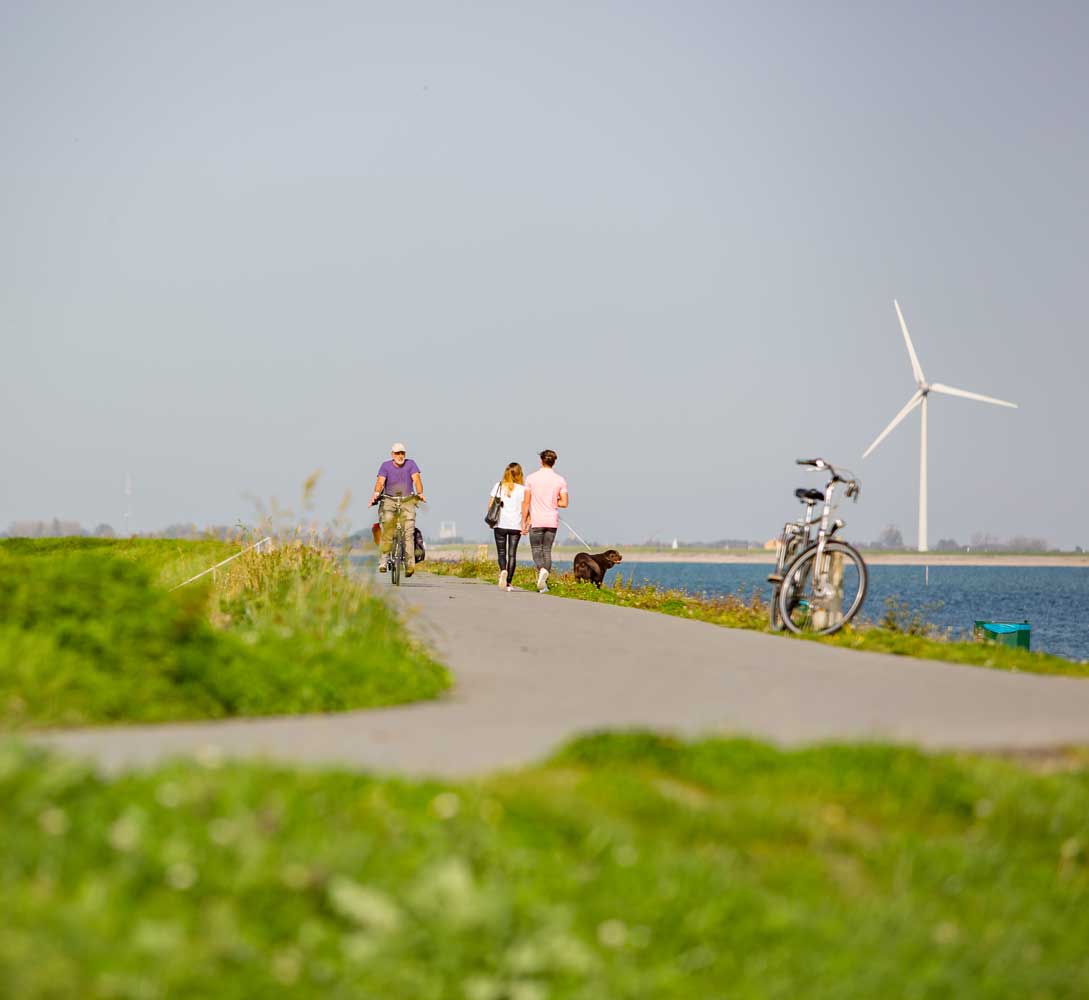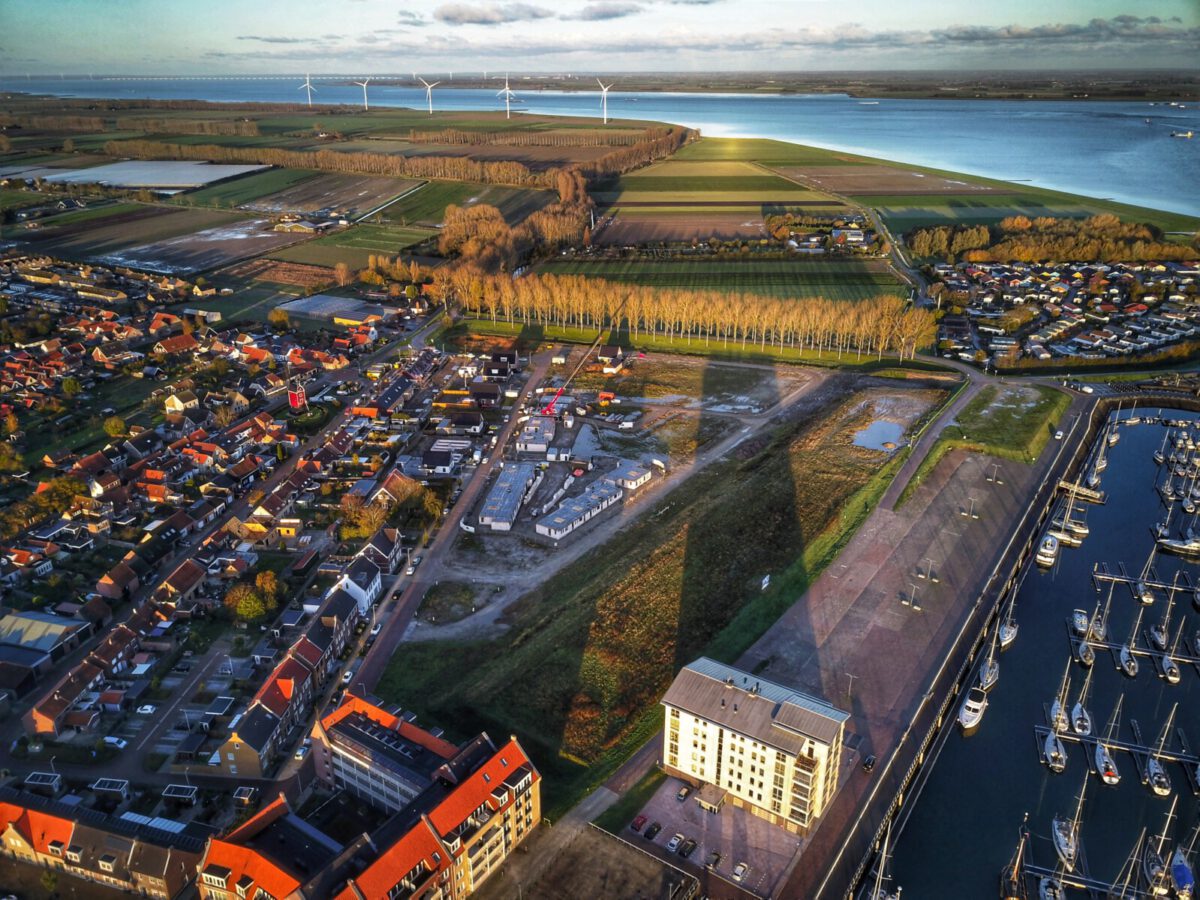Fish and turnips on Tholen
Fishing on Tholen
You cannot catch fresher fish than from the Oosterschelde water. Salt fishermen love Zeeland. The Island of Tholen and Sint Philipsland in particular are an Eldorado for salt fishermen. The clean water makes the fish very healthy. Sole, flounder, mackerel and garfish are some examples of edible fish that you can get yourself from this water, provided they meet a minimum size. Are you up for the challenge?
On Sint Philipsland, the heads of the former ferry port of Zijpe form a beautiful place. Plenty of parking space and tranquility. You can expect garfish and sea bass here. The sea bass are often very large here.
On the island of Tholen you will find many very good swims. At Sint-Annaland on the dike head to the right of the harbor. Nice garfish. You will also find it at the harbor entrance of Stavenisse. Behind Sint-Maartensdijk, the old breakwaters are excellent swims, but you are not often alone there. Garfish and small sea bass. The pier at Gorishoek is an excellent fishing spot. Strijenham also offers good opportunities. From time to time the Oesterdam has a true invasion of garfish, but also of surfers. Moreover, in many ports you can hire a fishing boat that will take you to the best fishing spots.
(text continues below photo)
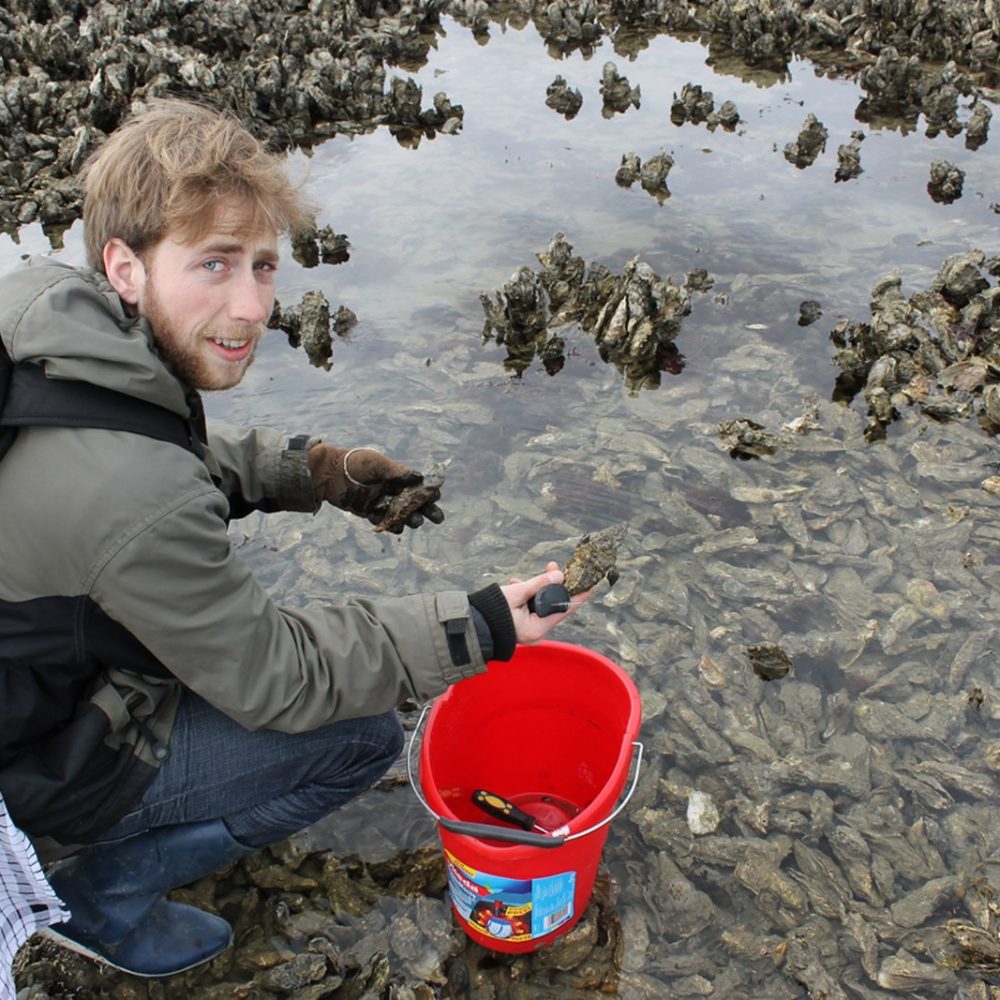
Picking up on Tholen
Lovers of oysters and other shellfish also love Zeeland. Did you know that the 'Zeeland flat' and the 'Zeeuwse bolle' oysters, or the 'creuse', are grown in the Grevelingen and the Oosterschelde? And… you can also collect oysters yourself! An experience to never forget!
Gathering mussels
What could be more fun than gathering your own meal of mussels, cockles, oysters, crinkles or razor clams? All very tasty and simply available for free in designated places. For example, take a look at Bergsediepsluis southwest of Tholen city and De Pluimpot near Sint Maartensdijk.
Can you just collect shellfish?
Yes, that's just so nice: it is legally permitted to collect a maximum of 10 kilos of shellfish per person for personal use. But there are restrictions: you can only collect them on the parts that are accessible at low tide and outside the commercial mussel or oyster plots. Oysters then wait patiently until there is water again, cockles and razor clams burrow in and occasionally spew water upwards, mussels cling to rocks or to each other. In some places you can collect them all in abundance. You can 'pick' the small creases on quay walls and between stones and boulders.
How do you eat shells?
Raw shells hold their valve tightly closed. They open automatically when heated. You must throw away any shells that are already open. Although you usually eat oysters raw, with a squeeze of lemon and freshly ground pepper, you can also steam or bake them. You have to learn how to open raw oysters (with an oyster knife)! Mussels, cockles, razor clams and periwinkles are usually briefly boiled or stewed, but you can also eat them raw. Zeelanders eat creases with currant bread. You can pick the animals out of the shell with a curved needle, nice work.
Is there no sand in it?
Yes. That is why it is best to put wild mussels, cockles and razor clams in clean water for a few hours first, then they spit out the sand in their shells. Farmed mussels usually do not contain sand, because they have already been 'watered down' by the grower.
Tips for collecting Oysters
- Do proper research in advance for contaminated oysters and parasites. Before collecting oysters, orient yourself on the Internet!
- Avoid open or broken oysters where crabs hatch, oysters with odd shapes, smelly ones, or oysters covered in barnacles. Our eyes and nose are our best guides. If in doubt, don't eat it.
- Collect only what you want to consume. You can take 10 kilos with you, but why would you do that if you later throw half away?
- Only collect in places where it is permitted. On the website of The Oosterschelde National Park find the places where you don't get angry oyster farmers after you!
- Choose a clean and tidy place to collect oysters. Oil on the water or black mud on the bottom usually means poor oyster quality. It is also not recommended to assemble close to a port or industrial area.
- As a rule, collect during the period with an “r” in the month (September to April). In the summer or during a very warm spring, oysters can produce milky liquid.
- Collect the oysters that are just above the water at low tide. They then have the freshest water in them and stay fresh longer. Do not take them with you if you have any doubts about the time they will be out of the water.
- Collect smaller oysters (about 8-10 cm) for raw consumption and larger ones (> 20 cm) for steaming or au gratin. Oysters larger than 20 centimeters are available, but difficult to open.

